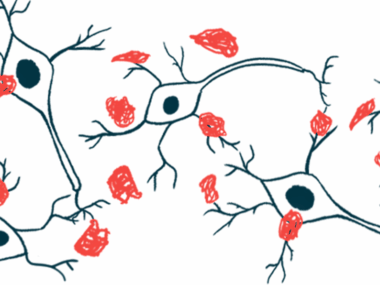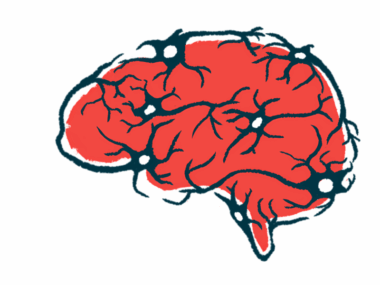AI tool reveals nuances in Parkinson’s disease progression
Video system analyzes patients’ performance on tapping test
Written by |

Scientists at the University of Florida (UF) have developed an artificial intelligence-powered tool to help neurologists track Parkinson’s disease progression.
The system analyzes video of patients’ performance on the finger-tapping test, a standard test that requires the patient to quickly tap the thumb and index finger about 10 times. It uses machine learning to analyze the data and can identify even small alternations in a patient’s performance, the university said.
“By studying these videos, we could detect even the smallest alterations in hand movements that are characteristic of Parkinson’s disease but might be difficult for clinicians to visually identify,” Diego Guarin, PhD, the tool’s developer and an assistant professor of applied physiology and kinesiology at UF, said in a university press release. “The beauty of this technology is that a patient can record themselves performing the test, and the software analyzes it and informs the clinician how the patient is moving so the clinician can make decisions.”
Parkinson’s disease is marked by motor symptoms such as tremor, rigidity, slowed movement, and difficulty balancing. Assessing the severity of these symptoms is paramount to monitoring the progression of the disease over time.
Common measure doesn’t pick up small changes
The most common scale used in Parkinson’s disease is the Movement Disorder Society-Unified Parkinson’s Disease Rating Scale (MDS-UPDRS). Part three of MDS-UPDRS measures the severity of motor symptoms. Scores range from zero to 4, with higher scores indicating more severity.
According to Guarin, the five-point scale is limited in its ability to track subtle changes in Parkinson’s disease, and interpretations may be biased.
“We found that we can observe the same features that the clinicians are trying to see by using a camera and a computer,” Guarin said. “With help from AI, the same examination is made easier and less time-consuming for everyone involved.”
The system has shown “previously unnoticed details” from the test, such as how fast a patient opens or closes a finger and how movement changes during each tap.
“We’ve seen that, with Parkinson’s disease, the opening movement is delayed, compared to the same movement in individuals that are healthy,” Guarin said. “This is new information that is almost impossible to measure without the video and computer, telling us the technology can help to better characterize how Parkinson’s disease affects movement and provide new markers to help evaluate the effectiveness of therapies.”
The developers used UF’s HiPerGator, which the university says is one of the world’s largest AI supercomputers, to develop the machine learning model behind the system, Guarin said. “HiPerGator enabled us to develop a machine learning model that simplifies the video data into a movement score,” he said. “We used HiPerGator to train, test, and refine different models with large amounts of video data, and now those models can run on a smartphone.”
“The finger-tapping test is one of the most critical elements used for diagnosis and for measuring disease progression in Parkinson’s disease,” said Michael S. Okun, MD, director of the Norman Fixel Institute for Neurological Diseases at UF Health and medical advisor for the Parkinson’s Foundation. “Today, it takes an expert to interpret the results, but what is transformative is how Diego and three Parkinson’s neurologists at the Fixel Institute were able to use AI to objectify disease progression.”
Okun said the AI-powered video analysis could be a “game changer” for clinical trials and care.
Guarin and his team are working with UF Information Technology to develop the AI-powered tool into an app for mobile devices, which would allow patients to monitor their disease progression at home.






